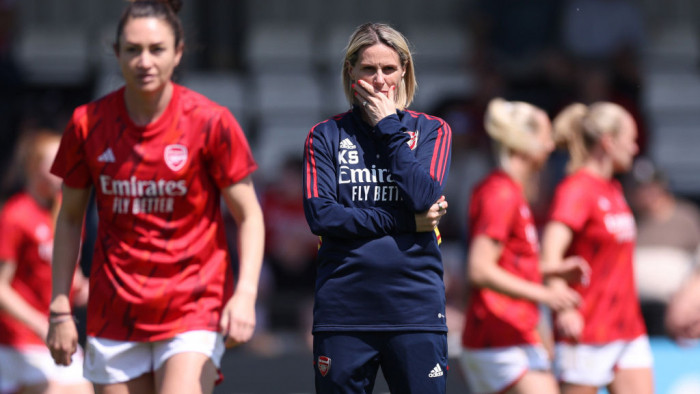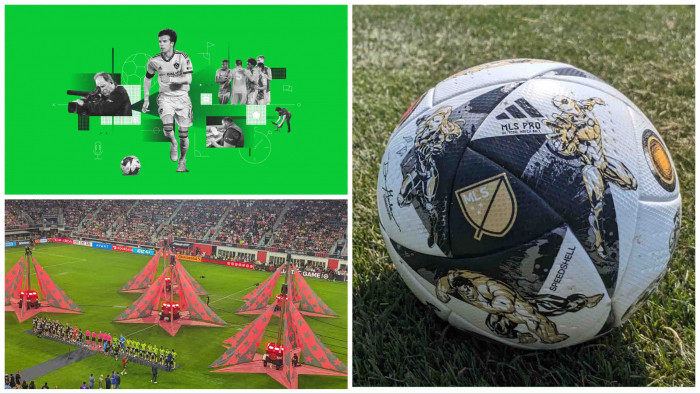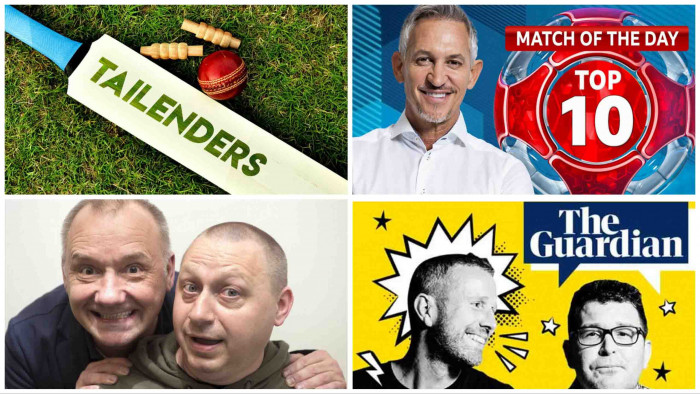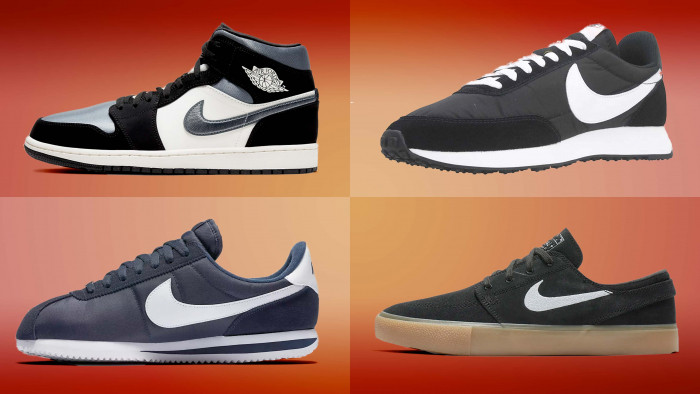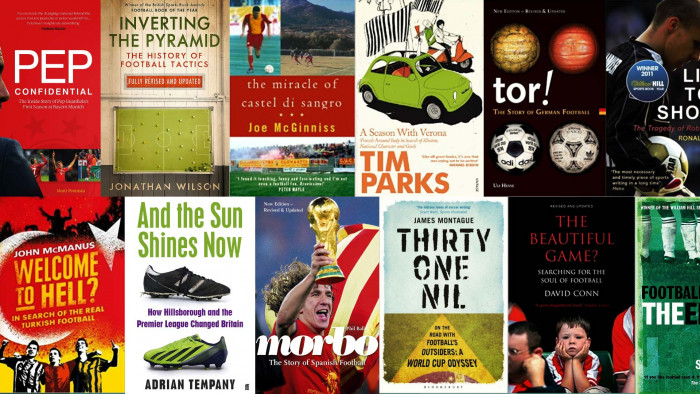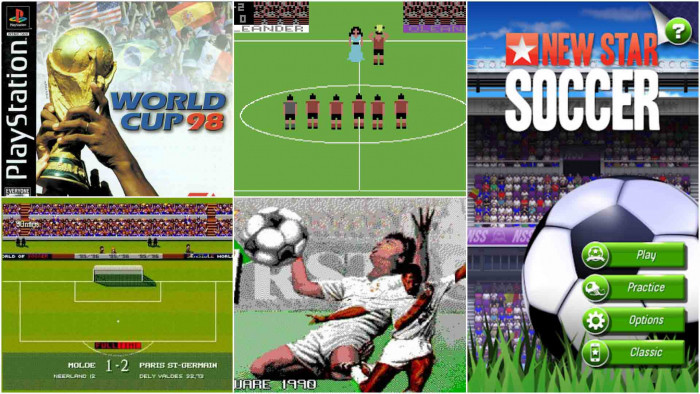After stepping out of the closet, 25-year-old winger Robbie Rogers promptly resigned. Why did he feel he couldn’t go on? Attitude’s Colin Crummy investigates the taboo of homosexuality in football
You are a gay professional footballer and thinking of coming out, so you’d probably do what anyone does in 2013 and Google it. Always got an answer, the internet. There, you’d find the good news that former Leeds United player Robbie Rogers just came out. And simultaneously, the 25-year-old US international retired from the game. You feeling like a glass half-full kind of guy?
You’d probably think about gay heroes in the other sports. Rugby union has former Welsh international Gareth Thomas. England cricketer Steven Davies came out in 2011. The sky didn’t fall in.
Maybe you’d go to a game like the Liverpool vs West Brom match ShortList is at to gauge the mood among fans. The crowd sings You’ll Never Walk Alone and you wonder if that tune would change.
But the team captains hold up those flags about respect before the game and the terrace aggression doesn’t rise above “tw*ts” and “f*cking tw*ts”. That’s good, right?
A few things might make you uneasy. Periphery stuff, but stuff nonetheless. At half-time, there’s a charity stunt featuring local legend Robbie Fowler, the fourth highest goalscorer in the Premier League’s 21-year history, PFA Young Player Of The Year in both 1994 and 1995 and the bloke who once stuck his rear out at Graeme Le Saux in a homophobic taunt, unwittingly writing himself into the narrative between football and gay culture.
After the match, you might notice the 10-quid T-shirts on the shabby stall outside the ground, the themes of which range from a celebration of John Barnes to “Gary Neville is a bum boy”. A chap beside ShortList takes the Neville one in XL, thanks very much. You, a gay footballer, might want to think again about this coming out business.
Had Robbie Rogers decided to stay in football when he came out on his blog this month, he would have joined a small club. There is only one openly gay player in the world right now and he, Anton Hysén, plays part-time for a Swedish third division club.
Historically, even being perceived as gay has not been a breeze. Le Saux is straight but his career was dogged by anti-gay slurs. There were the notorious Sol Campbell chants in 2008, which branded him “a Judas c*nt with HIV”. The nadir came in 1998 when Justin Fashanu, the world’s only out gay footballer, hung himself after years of homophobic abuse. Faced with that Wikipedia entry it’s hardly surprising there are no out gay footballers in the UK.
Parallels with racism
Outside the Kop, two veteran Liverpool supporters Pete, 65, and Dave, 60, are contemplating the idea of an out gay footballer. They’re more interested in whether he can play than his sexuality. Pete hasn’t missed a game home or away since 1951. Dave wears a big hunting hat with the club badge pinned in the centre of it. Both have seen debates like this come and go. Like racism, homophobia will continue to raise its head, thinks Pete. But that doesn’t mean it’s rife on the terraces. Football is ready for its gay player, as long as he’s good.
“If someone’s form goes, fans react to that,” says Pete. “Not because of someone’s colour, religion or sexual orientation. If someone’s playing and playing well, they would be accepted.”
Stonewall FC is the most high-profile gay football club in the UK, so its players know about anti-gay abuse. Club player Jamie Feldman says it would be up to the fans to self-police should a Premier League player come out. “If anyone in the crowd was being abusive I’d expected people around him to tell him to shut up. Just like if I were to stand up at Arsenal and make a racist comment, I would expect to get chucked out of the crowd. I don’t think we give people enough credit.”
Fans have had their say on what’s keeping the closet door shut. A 2009 survey conducted by gay-rights charity Stonewall found one in four fans felt homophobia from team-mates had a freezing effect. More than half thought clubs and associations did not do enough to tackle anti-gay abuse.
Since then, lots of important people have been busy with the photocopier. There’s been a government charter on homophobia, to which all the major football organisations are signed up to.
Last year, the FA published two action plans on discrimination, the first specifically targeting homophobia at grassroots level. The second, prompted by on-pitch racism, mooted cultural learning for foreign players and standard contract clauses against discriminatory language and behaviour by players and managers.
The FA’s critics say that all the paperwork in the world won’t change the culture. Gay campaigner Peter Tatchell sat in the committee for the first action plan but criticised the lack of commitment to spreading the message on tickets, programmes and across stadia. The FA has not enlisted any leading players to front an anti-gay-abuse campaign. The launch of its last big media campaign in 2010 – an advert portraying a homophobic fan – was cancelled at the last minute. This kind of inconsistency, argue the critics, shows the FA is unwilling to take homophobia seriously. They also say that the FA is more interested in tackling racism.
Grassroots campaigns
The FA says there is a strategy in place should a footballer come out. It says it wants straight players to get involved in campaigning. It concedes that racism leads the headlines but it argues that it is working at the grassroots level to educate. “There is work being done out there, it is just a question of visibility,” says Funke Awoderu, FA equality manager. “This year, we have produced a resource for the game with ideas for clubs on how to get behind [the FA-endorsed campaign] ‘Football vs Homophobia’.”
Stonewall, which works with the FA in improving its LGBT representation as an employer, says the sports body can do more. It cites the work done in the Rugby Football League from supporting gay staff to teams wearing anti-homophobia logos.
Stonewall policy officer Alice Ashworth wants something similar from the FA: “We’d like to see a high-profile campaign to tackle homophobia that looks similar to the racism campaign in the Eighties and Nineties. It’s all very well to have a glossy action plan, but what we really want to see is concrete output.”
So does the FA take racism more seriously? “There’s a bit of work we need to do,” says Awoderu. “The fight against racism began 20 years ago. It’s a long journey and we’re not by any means there. This journey has only just started.” But why, with the history of homophobia in football stretching back, has it taken so long? “It hasn’t. We’ve always been on top of it. It’s just we never really had a framework or plan in place.”
In lieu of this grand plan, there are initiatives at club level to foster a tolerant environment for LGBT fans, staff and players. Tottenham Hotspur have introduced a reference within their ground regulations relating to homophobic abuse by supporters, and, in 2012, Liverpool became the first Premier League club to have staff members march in a Pride event. Everton are looking to secure funding to run a programme aimed at the LGBT community. Grassroots connections are being made with gay clubs.
Commercial pressures
What there isn’t is that big-name-player support.
No first-team Liverpool player attended Pride. Stonewall has not had any footballers wear its ‘Some People Are Gay, Get Over It’ campaign T-shirts. Yet an anonymous survey across the divisions by football magazine FourFourTwo published this month found that 62 per cent of players would welcome an out gay team-mate. Former England international Gareth Southgate has said the dressing room is ready to accept gay players. In January, West Ham’s Matt Jarvis, who’s straight, became the first player since Freddie Ljungberg in 2006 to appear on the cover of the UK’s biggest gay men’s title, Attitude. Jarvis said the time had come for gay footballers to be accepted.
Some players have already embraced a gay player, according to psychologist John Amaechi OBE. He’s a Stockport-raised, former NBA player who, like Rogers, came out in retirement. Amaechi has spoken to gay pro footballers, many of whom have same-sex partners and are out to family and friends. They don’t, typically, come out to their bosses.
“With football, there are a lot of idiots out there,” says Amaechi. “It’s not fans per se. You don’t get to see how old-fashioned some of these people [in football] are. Some aren’t that comfortable with women being in the boardroom with them unless they’re giving them a coffee and a shoulder massage. They think they are living in Mad Men.”
There are other reasons why a gay player might choose to remain publicly closeted, Jodie Foster-style. They may not want to be a trailblazer, or desire the media attention. There’s commercial pressure, too, but everyone we spoke to thinks coming out could be commercially sound. Still, no one on the sports management side wants to talk just as there’s no big-name player going on the record. If anyone believes there isn’t a problem, just listen to the silence. But it’s bigger than football. Robbie Rogers’ blog entry was marked not by his fears about being out in football – though clearly that was an issue – but fear of rejection by his family and his ‘creator’. Coming out is painful, whether you do it in front of 40,000 or simply to those who you love. There’s a wider point too about why someone should come out. It’s good for all of us. Homophobia affects straight men as well as gay, says Amaechi. “It creates a culture where men are forced to act out roles where no one wins. The idea that we make straight men act in ridiculous ways just to prove that they are not gay, we force straight men to show no empathy, to treat women abhorrently.”
Cultural change
We’re back at the Kop with Dave and Pete. They were both teachers, but now Pete counsels kids in Birmingham. He says forget about homophobia in football, the problem lies at epidemic levels in schools. Stonewall research backs him up. At least half of gay and lesbian youth report homophobic bullying.
Pete doesn’t think an out gay player would make any difference to sport or to society. Dave’s not so sure. Last year, Manchester United goalkeeper Anders Lindegaard wrote on his personal blog that gay people needed an out football star.
The driving force behind gay liberation has been visibility. It’s harder to hate when it’s your friend or colleague or son or hero who is gay. Rogers’ move is an important step, but shows that change will have to come from gay sports stars themselves.
Pete and Dave get on to talking about John Barnes, still revered in these parts. He’s as popular on unofficial T-shirts as disparaging Gary Neville references. When Barnes arrived in Liverpool, there weren’t a lot of black players around, not like now, says Dave. “The hostility to Barnes lasted about three weeks. As soon as they saw the way he played, everything changed. And it changed race relations in this city because he was so phenomenally talented and because he had this ability to fit in with people. So he was a good role model as well as being a good footballer. It did change things.” That gay footballer might just have to walk it alone.
Latest
Related Reviews and Shortlists



